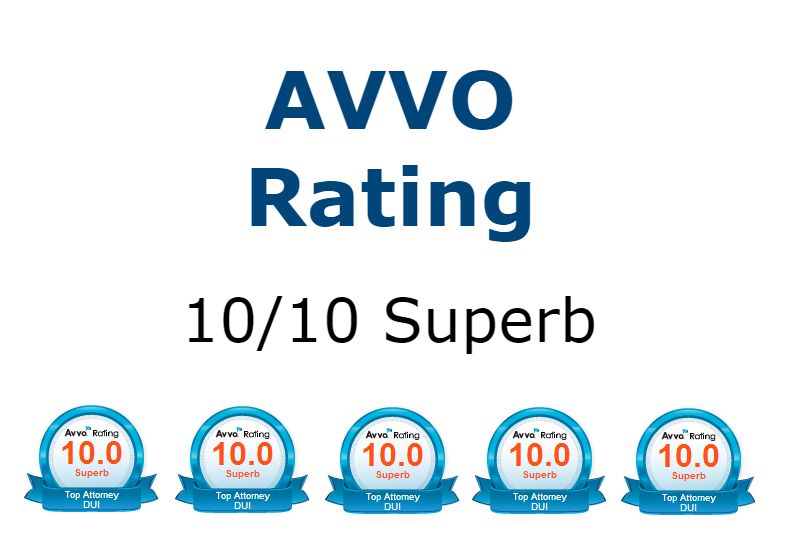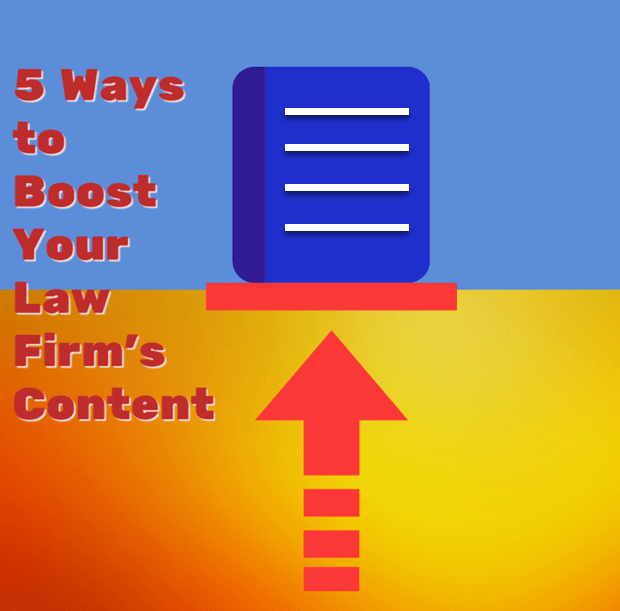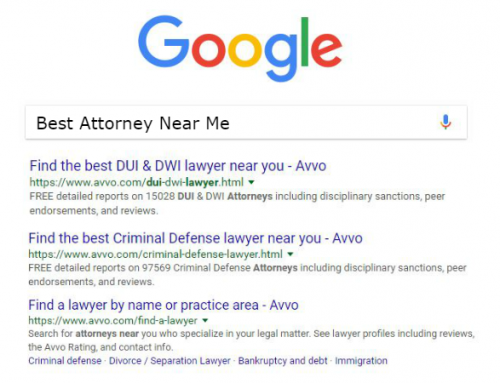Google has been busy redefining the way search result pages are displayed to the user. Now, another term has been coined describing the rarest of results that get featured in search: Page Rank Zero.
What is Rank 0?
Page Rank 0 (AKA “Position Zero”) is SEO speak for a search result that gets a featured treatment on page one which is placed above all other results –including ads!
Of course, rank zero is short-lived, as Google eventually places ads ahead of the featured result. Still, it’s a chance to steal chunks of prime search engine space away from competitors.
And, typically you’ll move from zero to be prominently featured in the first organic position. Still a nice catch!
Rank Zero positions occur less frequently than all other placements for featured snippets, and not every search term gets this golden egg from Google, or Bing.
The overwhelming majority of featured snippets at rank zero are selected from URLs that already rank on page one for the intended query.
Practically speaking, this means that your efforts must first be focused on getting to the top of organic search results for your targeted topics and keywords. Only then will your firm be able to take advantage of the growing number of featured snippets.
So, what are featured snippets, exactly?
Google snippets come in many varieties and formats, and they’re not all created equal in terms of SEO traffic. Let’s look at some examples.
First, a look at Google snippets and displays that are not featured snippets:
Direct Brand results
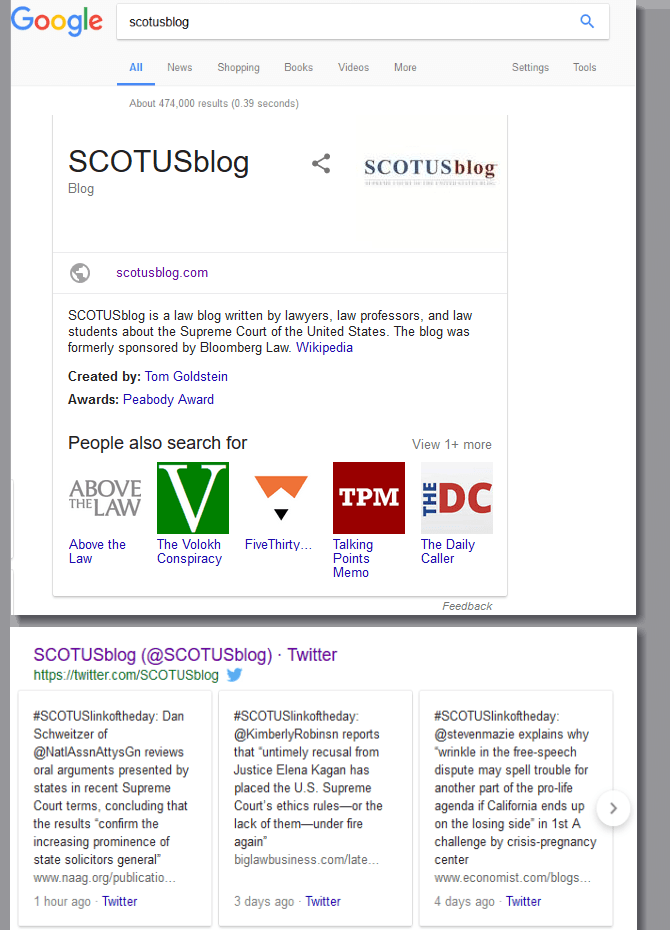
A query that enters the business name of a known brand will trigger knowledge graph and/or social graph results. Technically, these are not featured snippets.
Google also uses knowledge graphs to pull pictures and ratings into the Map Pack results, which appear for a Location-based search. Map packs are not featured snippets.
Rich Snippets
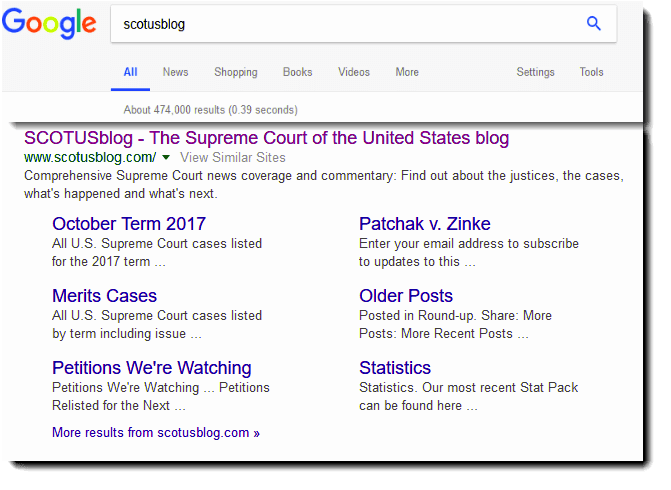
When you see a larger result displaying rich context summaries across columns; or an organic result with some marked up text /rich schema information, such as ratings, that’s a rich snippet. These also display frequently for branded queries. Again, not a featured snippet.
Featured Snippets Examples | Potential to Rank Zero
Most featured snippets attempt to answer questions right on the search results pages. Google has long featured so-called “answer boxes” on search, but these are simple, text only sentences and they don’t give linked source credit.
Feature snippets do give link credit to the source, affording an extra opportunity to lead quality traffic to your page. Features can also contain formatted text, images and video.
Types of Featured Snippets
Google and Bing extract text and images from websites and then neatly format the information inside a box to create featured snippets. There are a number of recognized formats for features:
- Paragraphs
- Ordered Lists
- Unordered Lists (bullets)
- Tables
- YouTube snippets
Paragraph feature ranked at position zero
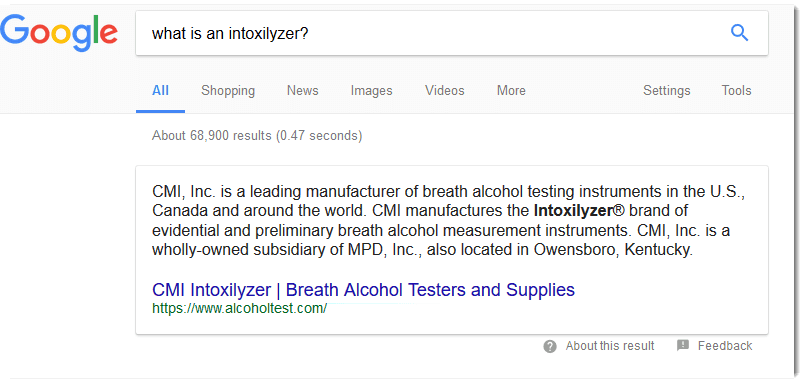
Ordered List feature ranked at position zero
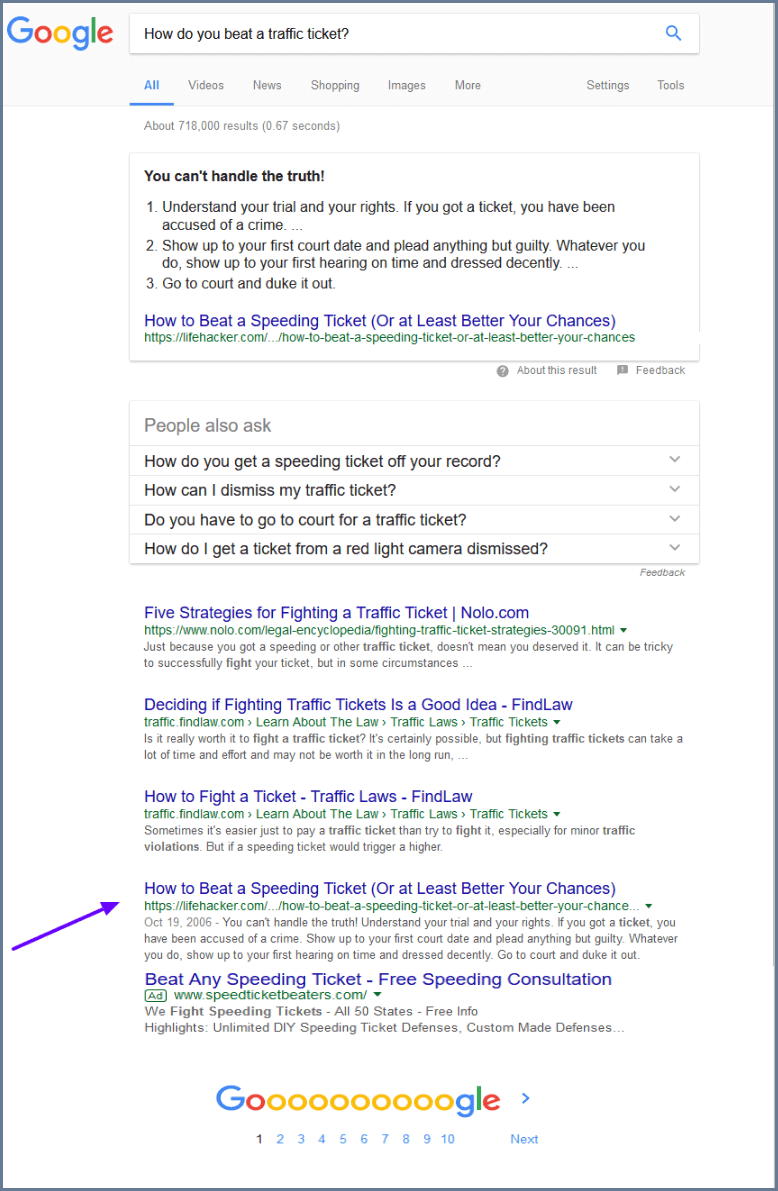
Bullet List Feature ranked at position zero
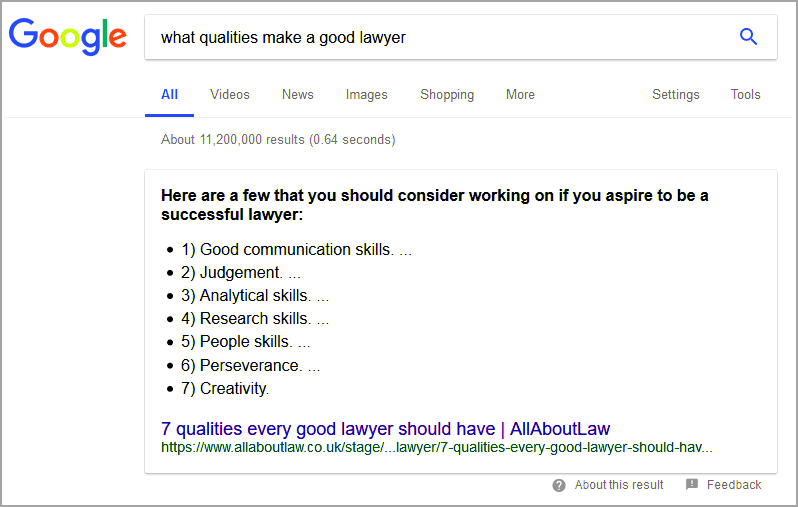
Featured Table ranked at position zero
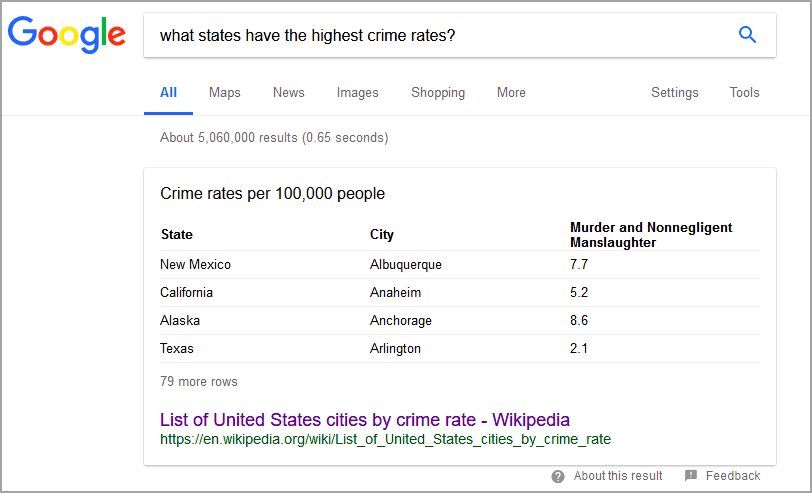
YouTube featured snippet on Bing
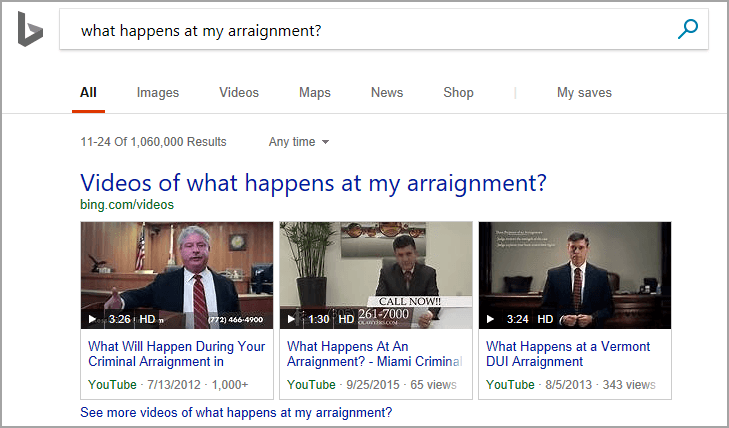
Benefits of Featured Snippets
As shown in the final example (below), Google is now publishing four AdWords results per search page, making it even harder for organic results to stand out. Earning a featured or rich snippet is more important than ever to catch the consumer’s eye.
Moreover, voice search coupled with personal digital assistants like Alexa and Google Home means the next big wave of voice search is coming. Studies indicate that these connected devices are pulling their answers from featured snippets.
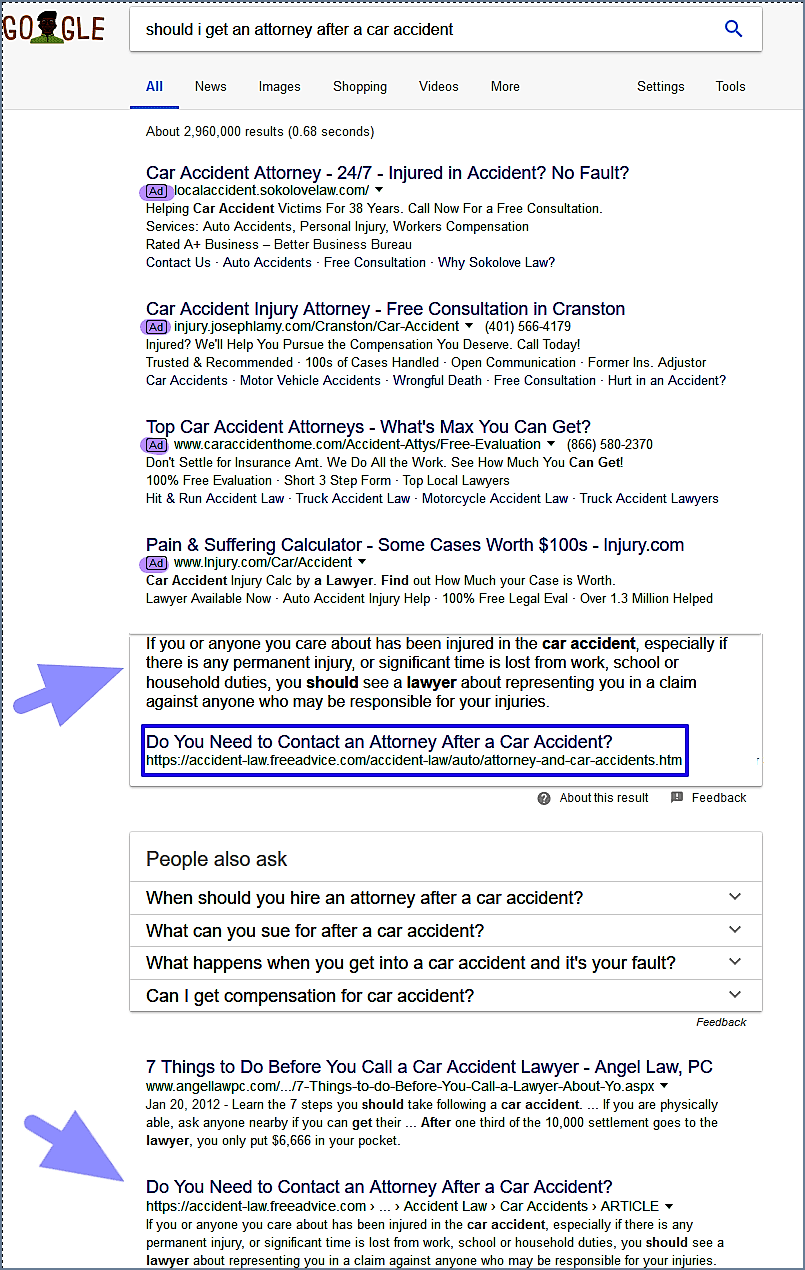
Next Steps
The examples above demonstrate a common interest by search engines in developing feature snippets technology: Satisfy the user’s quest for knowledge.
Specifically, Google and Bing strive to give users quality information that accurately answers their questions.
You should do the same in most of the content your firm creates. Doing so greatly increases your shot at getting featured snippets and achieving page rank zero.
The arrows in illustrated features serve to point out that in order to gain any featured placements, your strategy has to first be focused on getting to page one.



